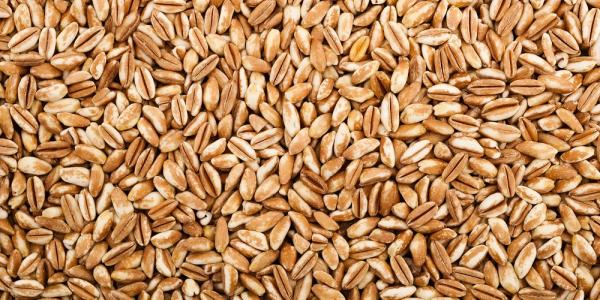Cranberry Glaze

Ingredients
- 2 T. canola oil
- ¾ c. sliced red onion
- 1 t. minced garlic
- 2 t. minced fresh ginger
- 1 c. fresh or frozen cranberries
- ½ c. honey
- ¼ c. mirin
- ¼ c. rice wine vinegar
- ½ c. soy sauce
- 1 c. cranberry juice
- Zest and juice from ½ orange
- 2 T. butter, cut in small pieces
Preparation
In a saucepan, over medium heat, warm the oil. Add onions to the pan and sauté for about 4 minutes. Add ginger and garlic and sauté for another minute.
Add cranberries, honey, mirin, and vinegar. Simmer for about 10 minutes until the cranberries start to pop.
Add soy sauce, cranberry juice, and orange zest and juice; continue to simmer until reduced by 30% to make a nice glaze. Test the reduction by dipping the back of a spoon into the glaze. Shake the spoon a little; if the glaze coats the spoon and sticks, the glaze is properly reduced.
Taste sauce for flavor and adjust if needed. Transfer sauce to a blender and blend until almost smooth. Return to saucepan over medium heat. When warm, remove from heat and stir in butter.
Learn More About Cranberries
Last summer’s vacation treated me to a delightful surprise: Beaver Island has cranberry bogs. I cannot divulge the exact locations, but their existence is no secret. Cranberries grow on trailing vines of hardy evergreen bushes. The unique growing conditions—acidic, well-drained soil that is constantly moist—can be found throughout North America. Bogs are wetlands with a spongy mat of moss over the top. I found that it’s possible to walk on a bog without getting my feet wet.
TV ads would have you believe otherwise. But, really, hip-boots are required only when wet-harvesting cultivated cranberries in the fall. The night before harvest, the bogs are flooded, the bushes are gently vibrated to release the ripe berries, and the cranberries are gathered from the surface. They float thanks to tiny air chambers inside each berry.
Another surprise—more cranberries are grown in the Midwest than anywhere else in the world. Wisconsin leads with 60% of US production. Michigan contributes with a vibrant albeit small cranberry industry.
Fresh cranberries—ranging in color from light red to very dark, almost black— packaged in one pound bags, appear in stores from October through December. The best cranberries are plump, glossy, and firm to the touch. At home, sort out and discard any berries that are soft, shriveled, or brown-spotted. Fresh cranberries store very well in an airtight container in the refrigerator. If you haven’t used them within 3 weeks, move them to the freezer for up to a year.
When made into a relish, sauce, or glaze, cranberries are the perfect accompaniment to meat, poultry, and wild game. Their natural tartness is refreshing when balanced with sugar as in desserts like upside-down cake, muffins, ice cream, and sherbet. Dried cranberries, available year-round, are delicious on salads and any other way you would use raisins.
Peggy Crum MA, RDFeatured Recipes

Rhubarb & Strawberry Crisp
Combine tart rhubarb with sweet strawberries, add a streusel topping, and bake until bubbly. Dessert doesn’t get easier—or more classic—than this. Serve warm with a scoop of vanilla ice cream. You’re sure to get rave reviews!

Farro Salad with Grilled Vegetables
Chewy farro grains are delicious in this autumn-y salad. Recipe yields enough for dinner for 2 to 4 with some left for a couple of lunches. To do this, make the base with dressing, farro, and grilled veggies. Add fresh veggies to the base as you go.

Pecan and Dark Chocolate Chip Cookies
Roasting amps up the flavor in everything including pecans. Chef Kurt's attention to detail takes a traditional chocolate chip cookie to another level of yum!

Onion Soup
Onions, the simplest of pantry staples, mingle with butter, broth, and herbs to become luxuriously smooth and delicious. Add "homemade" croutons and a blend of cheeses to make a complete and satisfying meal.





